Jathedar Akal Takhat: Balancing Tradition and Legal Framework
Navigating the Historical Legacy and Contemporary Challenges of Appointing and Empowering the Jathedar of Akal Takhat within the Ambit of the Sikh Gurdwaras Act, 1925.
Introduction: On 16th June, 2023, the Executive Committee of the Shiromani Gurdwara Parbandhak Committee (SGPC) appointed Giani Raghbir Singh as the new Jathedar of Sri Akal Takhat Sahib, relieving Giani Harpreet Singh of this additional charge. Giani Harpreet Singh would, however, continue as Jathedar of Takhat Sri Damdama Sahib, Talwandi Sabo, his substantive appointment.
This decision has elicited mixed reactions from various quarters, catalysing discussions about the institution of the Jathedar of Akal Takhat and its position not only as per the historical traditions but also within the legal framework of the Sikh Gurdwaras Act, 1925 (hereinafter SGPC Act). This brief article aims to explore the historical perspective of the Akal Takhat and also delve into the legal aspects governed by the SGPC Act. It attempts to suggest a way forward
Historical Significance: The roots of the Akal Takhat can be traced back to Guru Har Gobind Sahib Ji, the sixth Sikh Guru. Sri Guru Hargobind Ji established the Akal Takhat in Amritsar, adjacent to the Golden Temple (Sri Darbar Sahib) complex, symbolizing both spiritual authority (piri) and temporal authority (miri). The institution gained significance as a seat of power, where the Guru and subsequent Jathedars addressed social, political, and religious matters affecting the Sikh community.
The Institution of Jathedar of Akal Takhat: The position of Jathedar was established by Sri Guru Hargobind Sahib Ji himself when he appointed Bhai Gurdas as the first custodian of the Akal Takht, then known as the Akal Bunga. Since then, well-known and highly respected Sikh personalities such as Bhai Mani Singh (appointed by none other than the tenth Guru, Sri Guru Gobind Singh ji), Nawab Kapur Singh, Jass Singh Ahluwalia, and Akali Phula Singh have held this post.
Evolution of SGPC: With the formation of the SGPC after a prolonged struggle by the Akali Dal during the British era, the appointment of the Jathedar Akal Takhat generally has been under the purview of the SGPC. On certain occasions, the appointment has been made by the Sarbat Khalsa, a general congregation of Sikh representatives. The SGPC Act, enacted in 1925, provided a legal framework for the functioning of the SGPC but did not explicitly address the appointment process for the Jathedar of Akal Takhat.
Jathedars in the Post-Independence Era: Following India's independence, prominent personalities have held the position of Jathedar Akal Takhat, playing a crucial role in guiding and leading the Sikh community. Notable Jathedars in the post-independence era include Udham Singh Nagoke, Giani Gurmukh Singh Musafir, Mohan Singh Tur, Sadhu Singh Bhaura, and Joginder Singh Vedanti. These individuals brought their unique perspectives and contributed to the growth and development of the Sikh Panth.
Powers and Functions: The Jathedar of Akal Takhat holds significant powers and functions, both historically and by tradition. Here are some of the key roles and responsibilities associated with the position:
Spiritual Guidance: The Jathedar of Akal Takhat provides spiritual guidance to the Sikh community. He interprets and explains the teachings of Sikhism, particularly as enshrined in the Sri Guru Granth Sahib.
Temporal Authority: The Jathedar exercises temporal authority and represents the political and authoritative aspect of Sikhism. He is expected to address social and political issues concerning the Sikh community and provide leadership on matters of concern.
Hukamnamas: The Jathedar has the power to issue hukamnamas (edicts) on behalf of Akal Takht. These hukamnamas carry religious, social, and political significance, guiding the Sikh community on various matters, including ethical conduct, social issues, and Sikh practices
.
Resolving Disputes: The Jathedar of Akal Takhat has historically played a crucial role in resolving disputes within the Sikh community. He acts as a mediator and arbiter, attempting to reconcile conflicts and maintain unity among the Sikhs.
Custodian of Sikh Traditions: The Jathedar is responsible for upholding Sikh traditions, customs, and maryada (code of conduct). He ensures the adherence to established Sikh principles and safeguards the integrity of Sikh practices.
Representation: The Jathedar represents the Sikh community at national and international platforms. He is expected to engage with political leaders, religious figures, and organizations to advocate for Sikh rights and promote Sikh interests, within India and abroad.
Legal Framework and Challenges: Let us briefly analyse the institution of the Jathedar Akal Takht under the SGPC Act. The term “Jathedar Akal Takhat” does not occur anywhere in the SGPC Act. The Jathedars are referred to as “Head Ministers”. As per section 43(1)(ii), Jathedar Akal Takhat, along with the Jathedars of the four other Takhats and the Head Granthi of Sri Darbar Sahib, Amritsar are ex-officio members of the General Body of the SGPC, along with the 170 elected members of the SGPC and the co-opted members.
The SGPC Act, while governing the functioning of the SGPC, does not explicitly outline the qualifications, tenure, or removal process for the Jathedar Akal Takhat. The appointment is generally made by the Executive Committee of the SGPC, and the tenure is, for all intents and purposes, at the pleasure of the Executive Committee. Concerns have been raised about the lack of clarity on the criteria and transparency in the appointment and functioning of the Jathedar. Is he supposed to act independently or is he subject to the general direction and control of the SGPC or its Executive Committee? These questions have not been authoritatively answered, one way or the other. Some scholars have argued that even a simple full-time “sewadar” employee of SGPC has more security of tenure, than the personality holding the high office of the Jathedar, Akal Takhat.
Striving for Transparency and Consensus: Scholars and Sikh community members have emphasized the need for a transparent mechanism governing the appointment, removal, and tenure of the Jathedar Akal Takhat. Amending the SGPC Act could, in theory, provide a more robust legal framework but active consultation not only with the SPGC but also with the wider Sikh community must be effected before initiating this process. It would be most desirable if a consensus is developed before changing the law. Until such reforms are framed and implemented, the SGPC's General Body could consider framing guidelines outlining qualifications, grounds for removal, and procedures to be followed.
Conclusion: The institution of the Jathedar Akal Takhat holds immense significance within and outside the Sikh community, both historically and by tradition. While the legal framework under the SGPC Act implicitly governs its functioning, there is a growing need for clarity and transparency in the appointment process and tenure of the Jathedar. It is crucial that the personage holding this esteemed position acts with integrity, free from bias, and in the best interest of the Sikh Panth. A transparent mechanism that involves wider consultation can ensure effective leadership and guidance for the Sikh community worldwide, while upholding the reverence for the institution of Akal Takhat. As the Sikh community continues to evolve, it is important to strike a balance between tradition and an equitable legal framework to strengthen the institution and its role of the Jathedar Akal Takhat in serving the Sikh Panth.
The time for the same is now ripe. If not now, immediately after the SGPC elections.
_____________________________________________________
KBS Sidhu. The Author is an IAS officer of 1984 Batch of Punjab cadre, and retired from service in July 2021, as Special Chief Secretary, Punjab.
The photographs have been clicked by the author.
He can be reached on kbs.sidhu@gmail.com
____________________________________________________________________
Did the Supreme Court err in the SGPC-Haryana Case?
Supreme Court’s Verdict: The verdict of 20th September, 2022 pronounced by the Supreme Court of India[1], upholding the constitutional validity of the Haryana Sikh Gurdwaras (Management) Act, 2014[2], in our opinion, is not only erroneous and unconstitutionally incorrect but also significantly undermines the unpa…

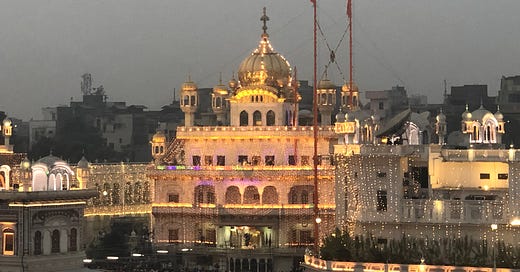


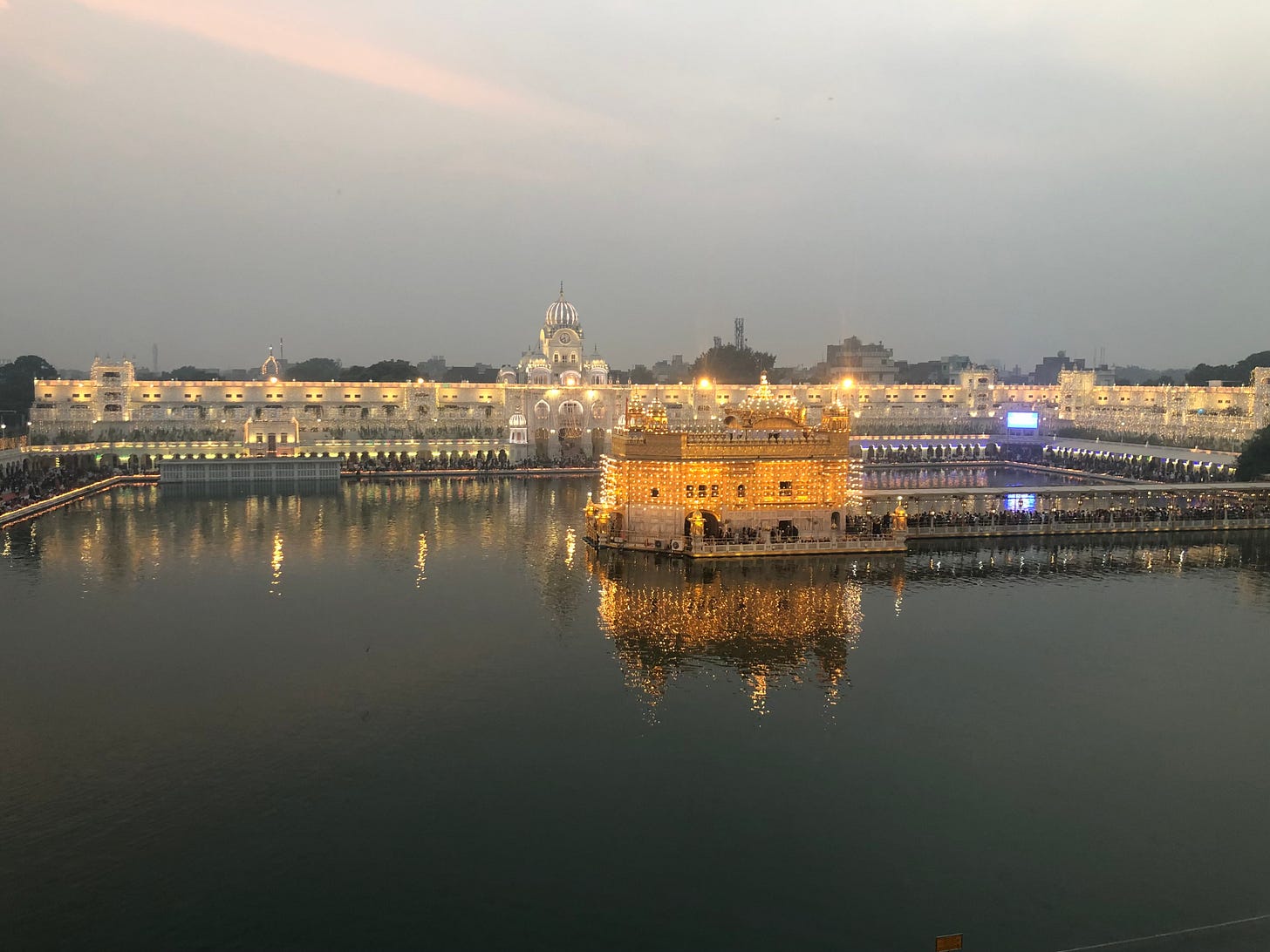

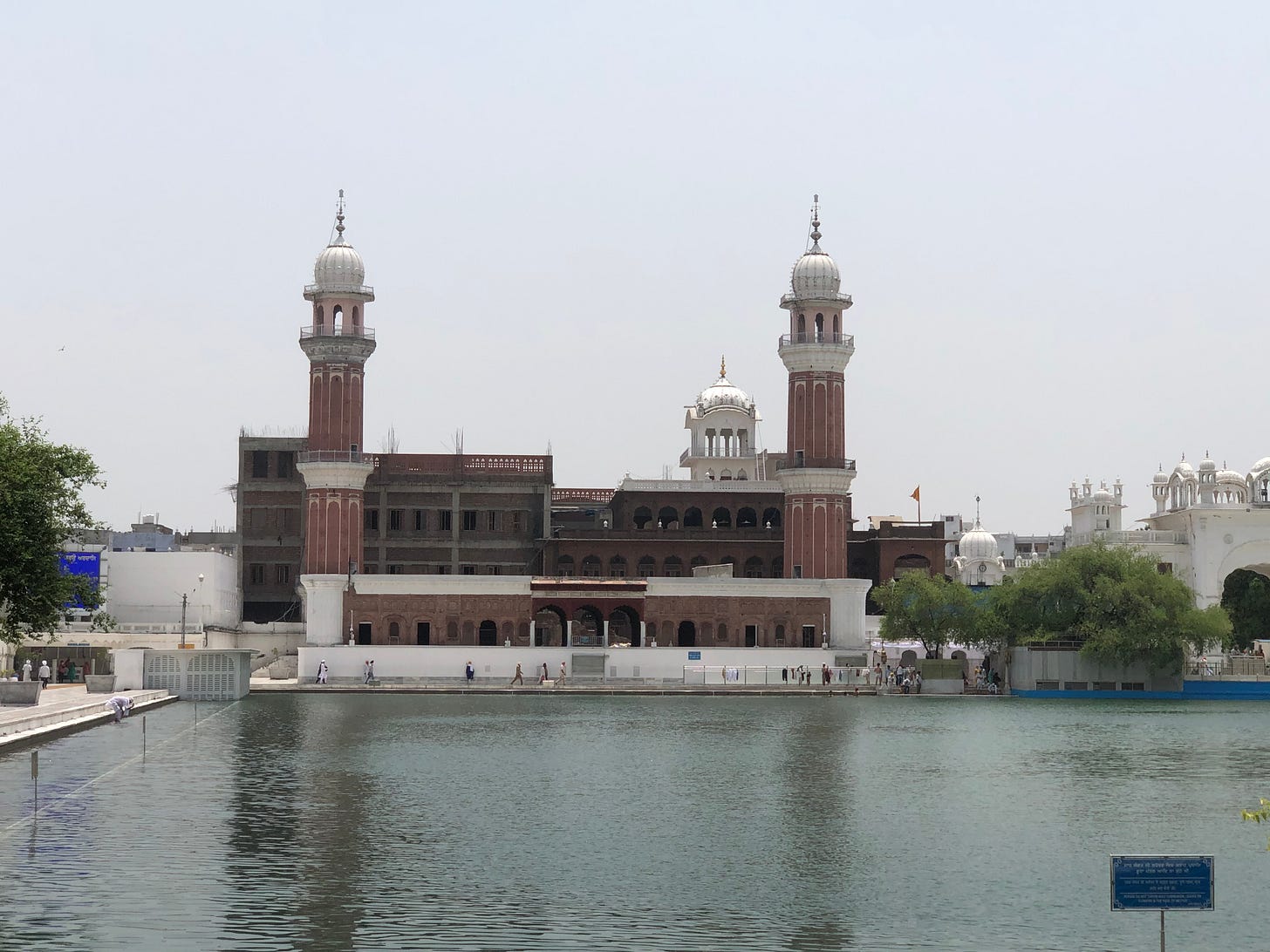
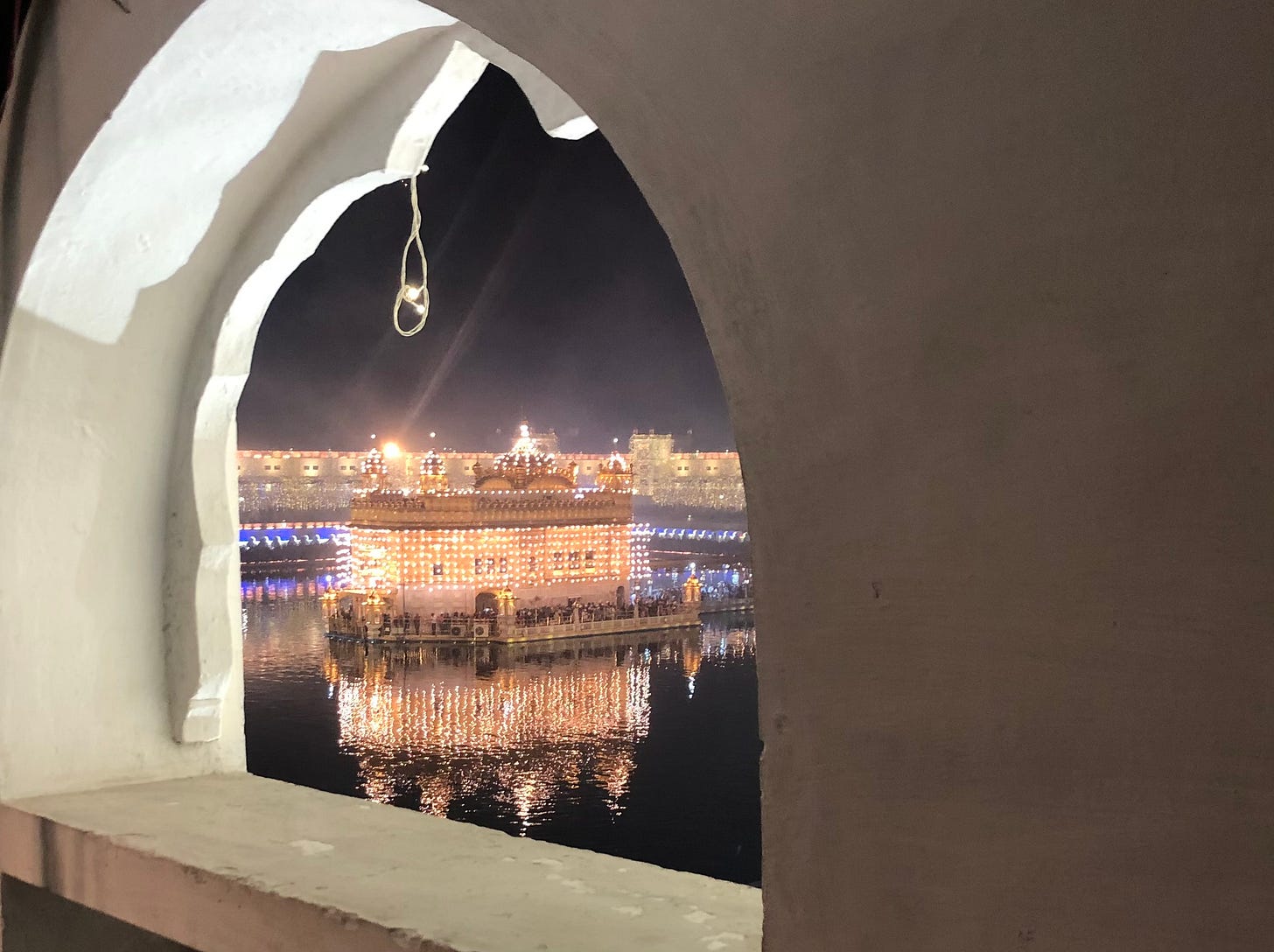
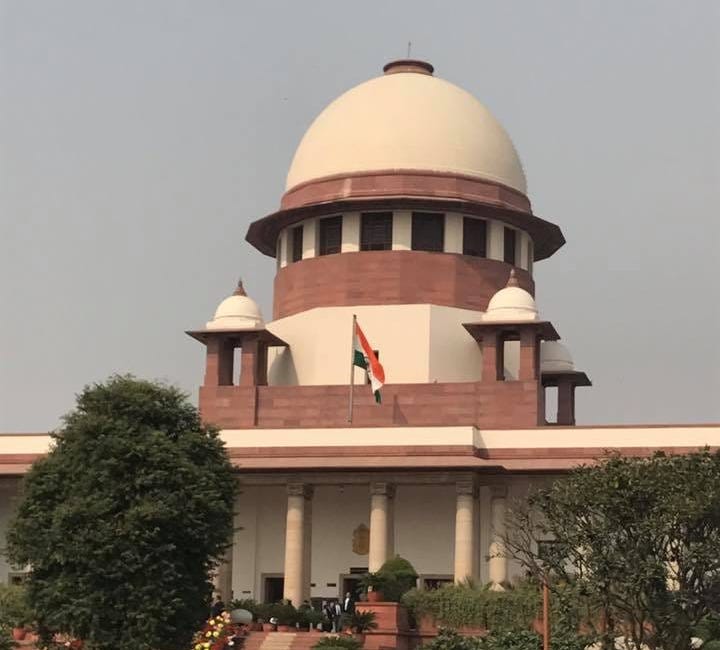
You’ve raised a very important issue,especially, in the current times when Sikh Panth is facing challenges from within and without. It is very difficult to ensure that a person, who is given the honour of being a Jathedar, does not degrade him/her with time or indulge in political appeasement, whether any qualifications and qualities are prescribed notwithstanding. The constitution of India, for example, prescribes to the greatest possible detail, the traits and attributes of the office holders of most of the constitutional authorities. Yet, certain individuals have not only failed to uphold their role but also have abused and misused the position.
Coming back to our own issue, I think the big house of the SGPC executive committee can and should choose, with great caution, a person of high morals, uncompromising on Sikh values and of great knowledge about Sikh history and ethics. His antecedents about political leanings should thoroughly be scrutinised. Though difficult, I do not think it is an impossible task. And finally, his appointment should be approved by the collective Sarbat Khalsa as soon as possible.
Very well said sir.
As usual ur write ups are always must read